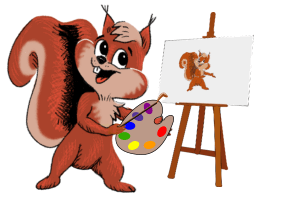Gamelan ensembles are usually percussion-oriented and include gongs, drums (kendhang), bar-shaped metallophones (saron, gender, slentem), and cymbals made of iron and bronze. Flutes (suleng) and stringed instruments (rebab, cither, celempung) may also be included.
Gamelan ensembles sometimes perform without any additional visual component, or are integrated into dance dramas and shadow-puppet theatre, known as wayang kulit. Wayang kulit is often an all-night experience, featuring stories of the Ramayana infused with modern political commentary, sung by the pupeteer (dalang) in the national language of Indonesia (bahasa Indones) as well as local dialects and sometimes even English (if there is a large American or Australian contingent in the crowd).
Gamelan became popular outside Java and Bali during the 1930s World Fairs, when ensembles performed for European and American audiences that included composers such as Debussy, Britten, and Poulenc. With the advent of the academic discipline of ethnomusicology (particularly as practiced at UCLA by scholars such as Ki Mantle Hood), sets of instruments were brought to the West and Americans and Europeans began practicing gamelan. Currently, there are hundreds of active gamelans outside of Indonesia, and festivals all over the world featuring gamelan music have become a popular forum for gamelan aficionados.
More information
Subcategories 1
Related categories 2
Sites 12
